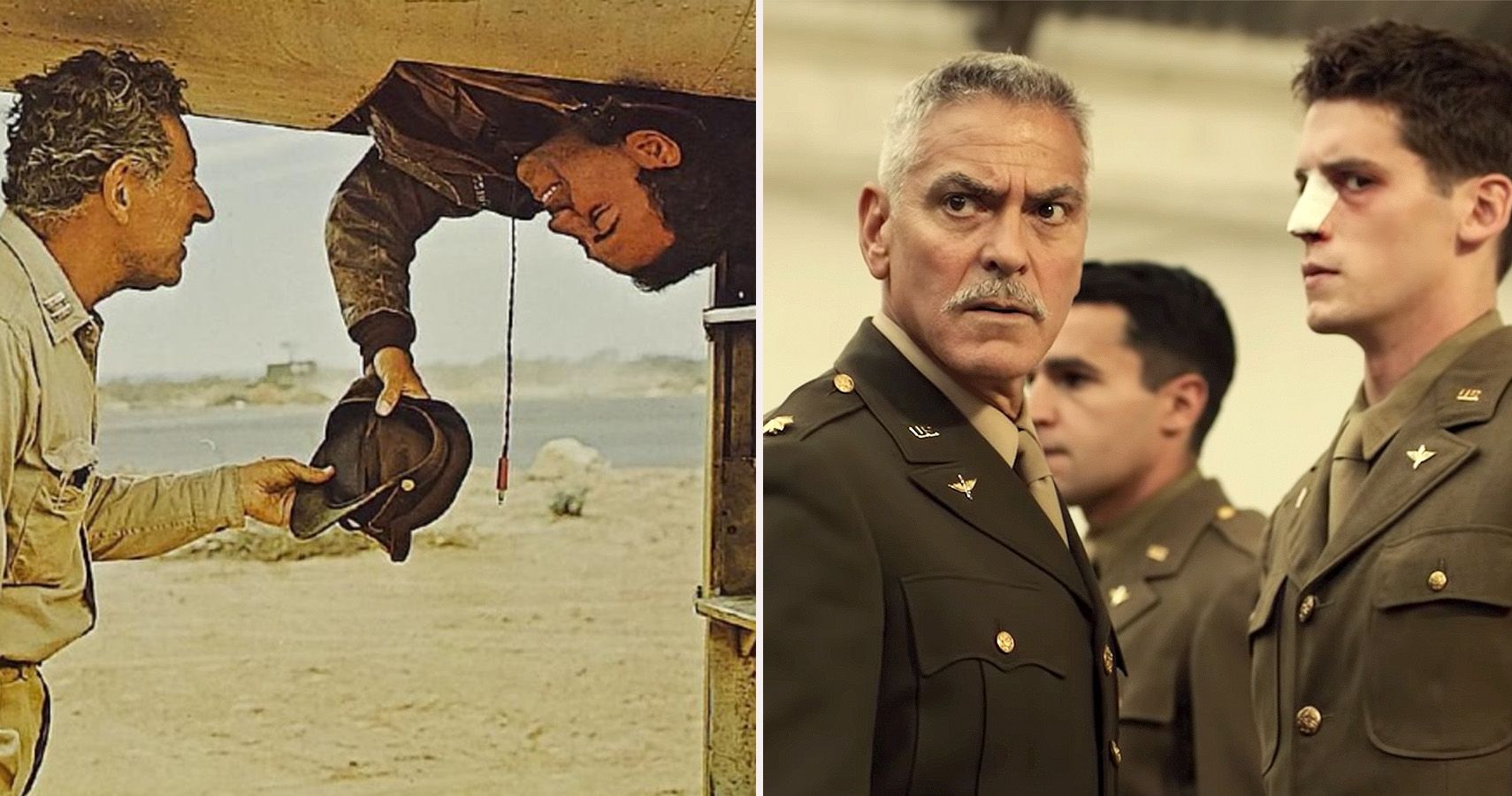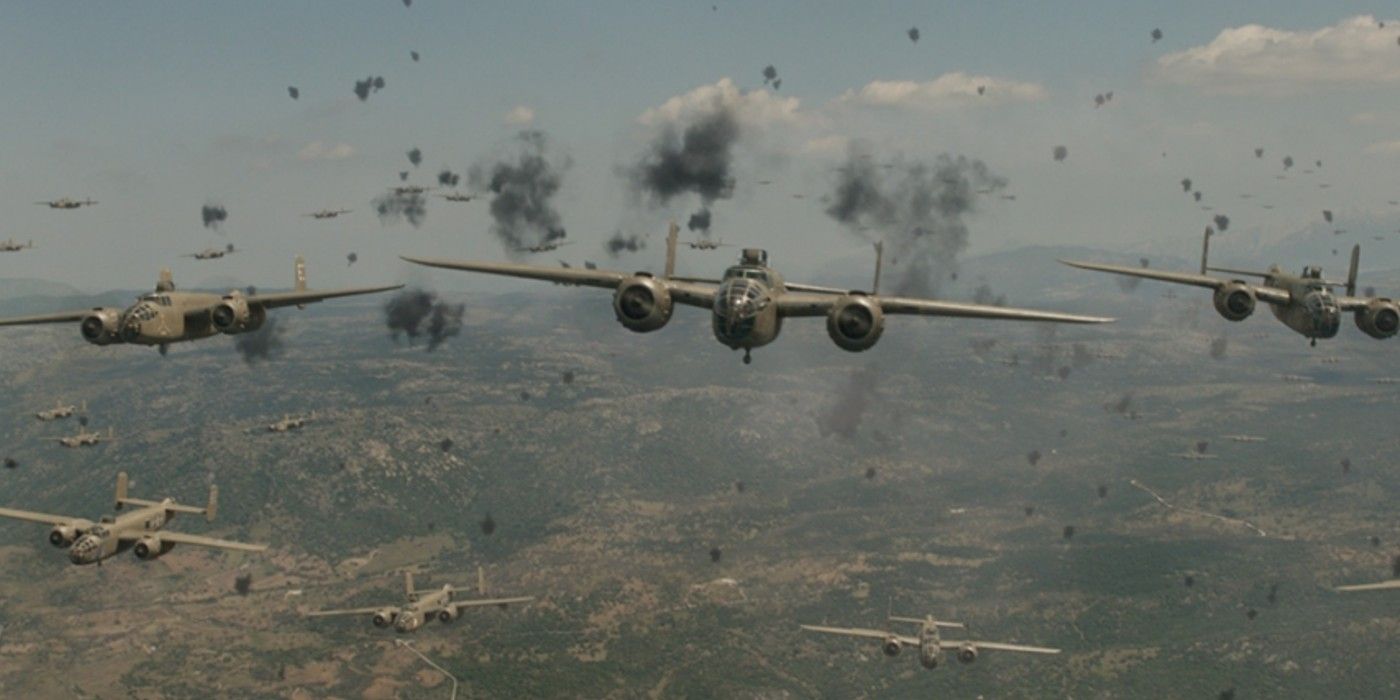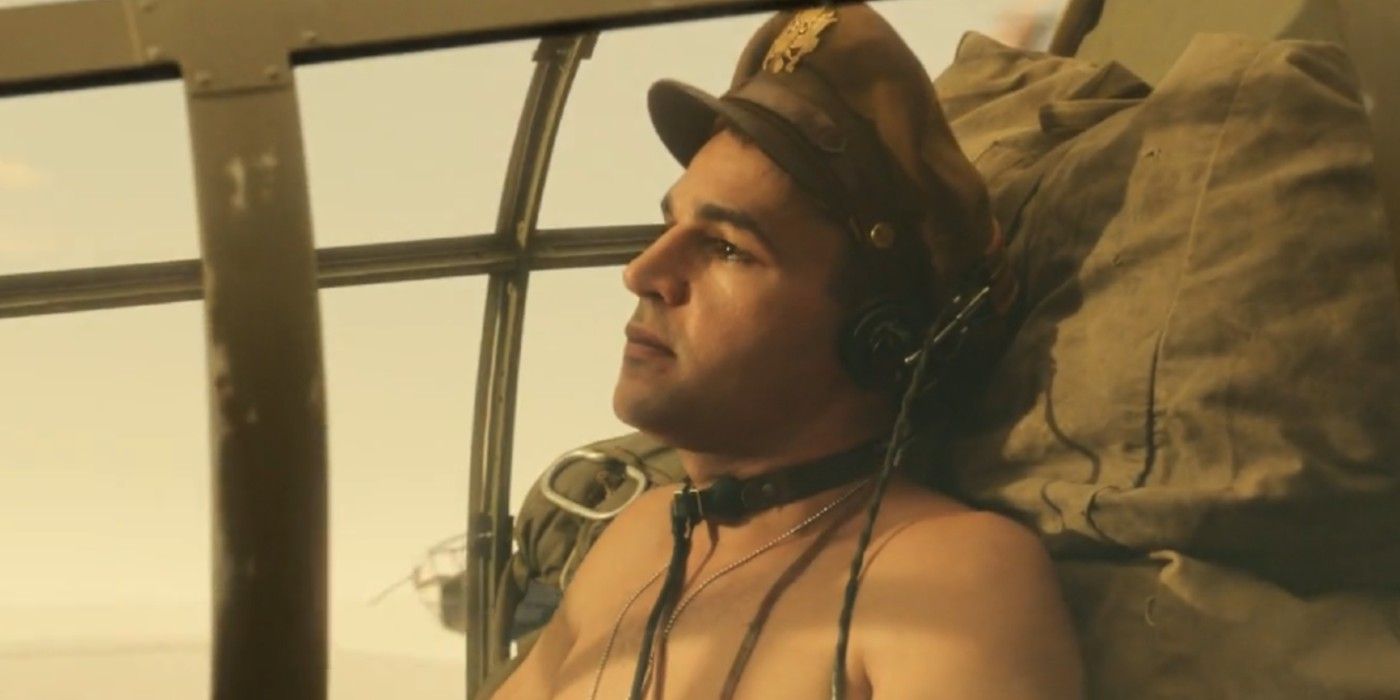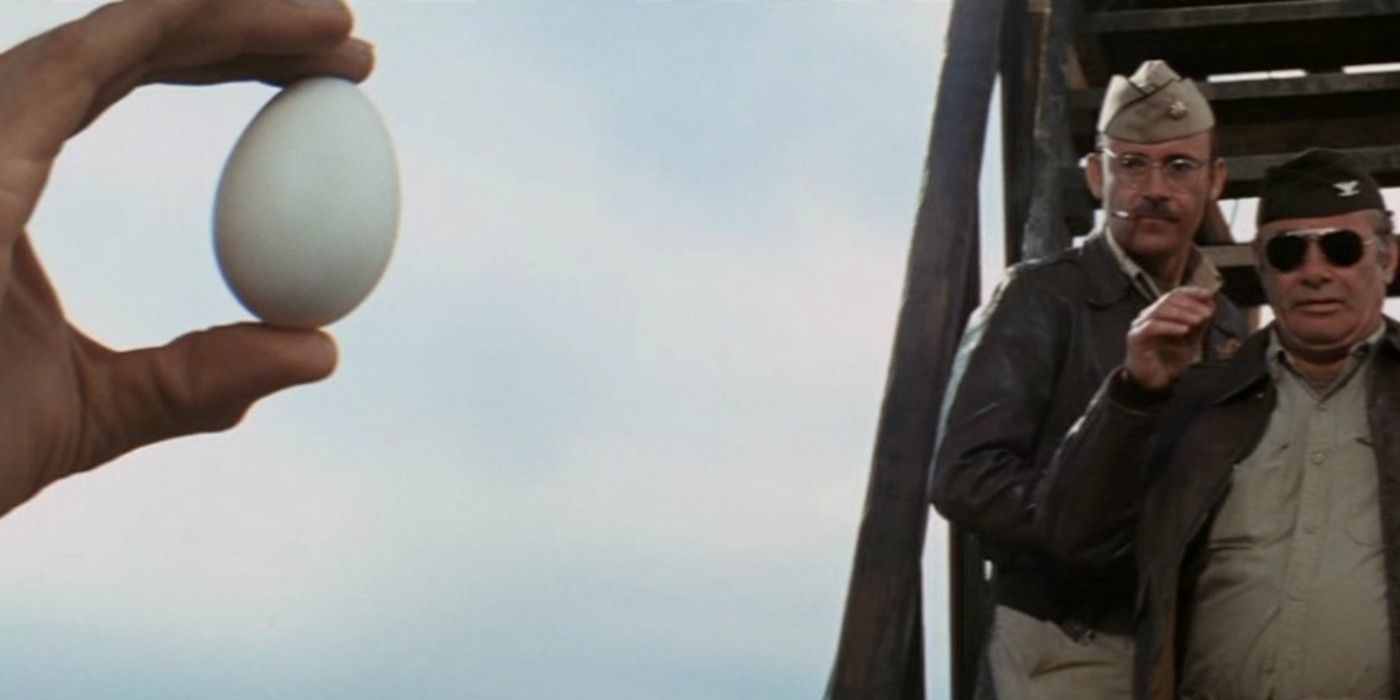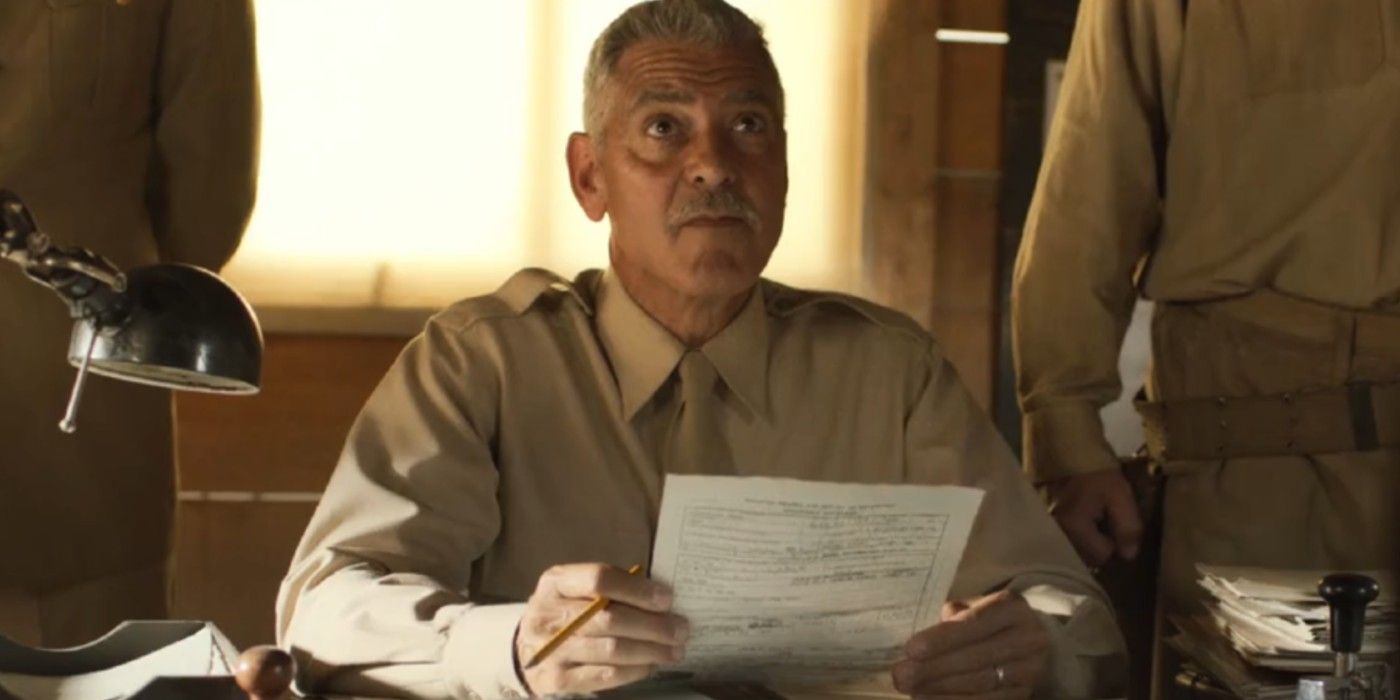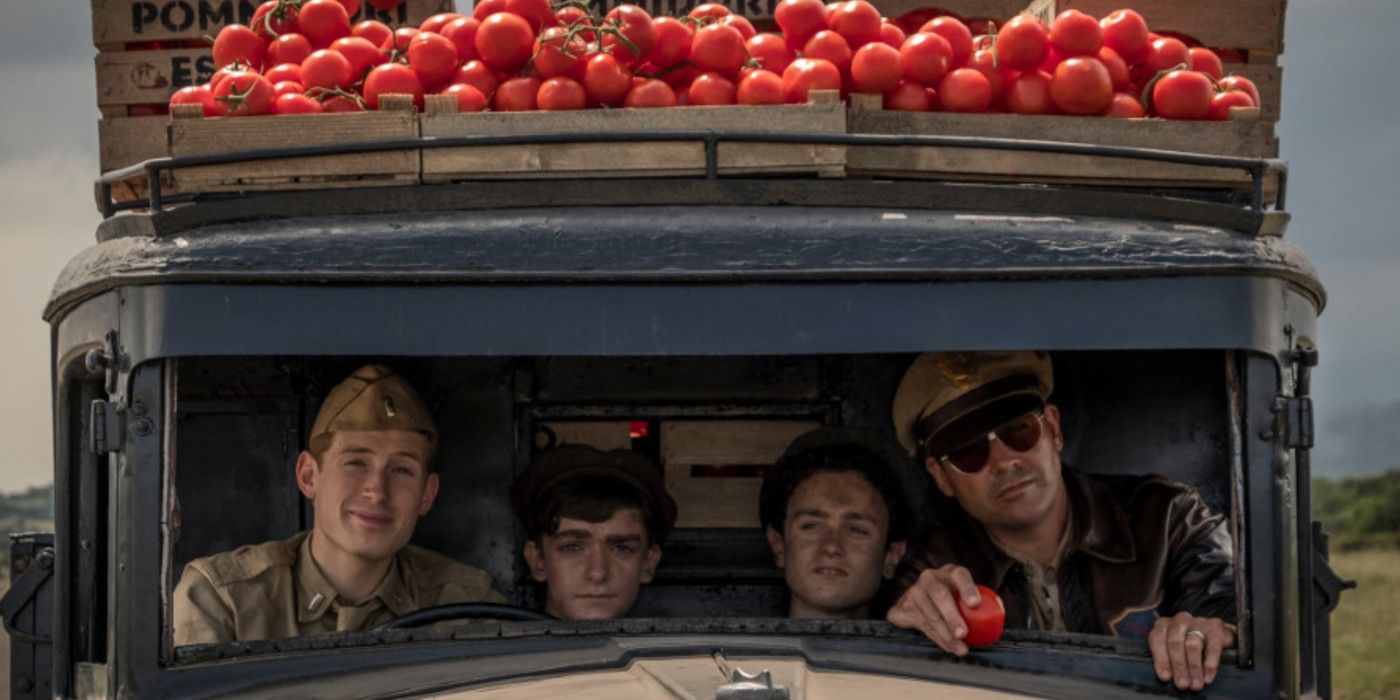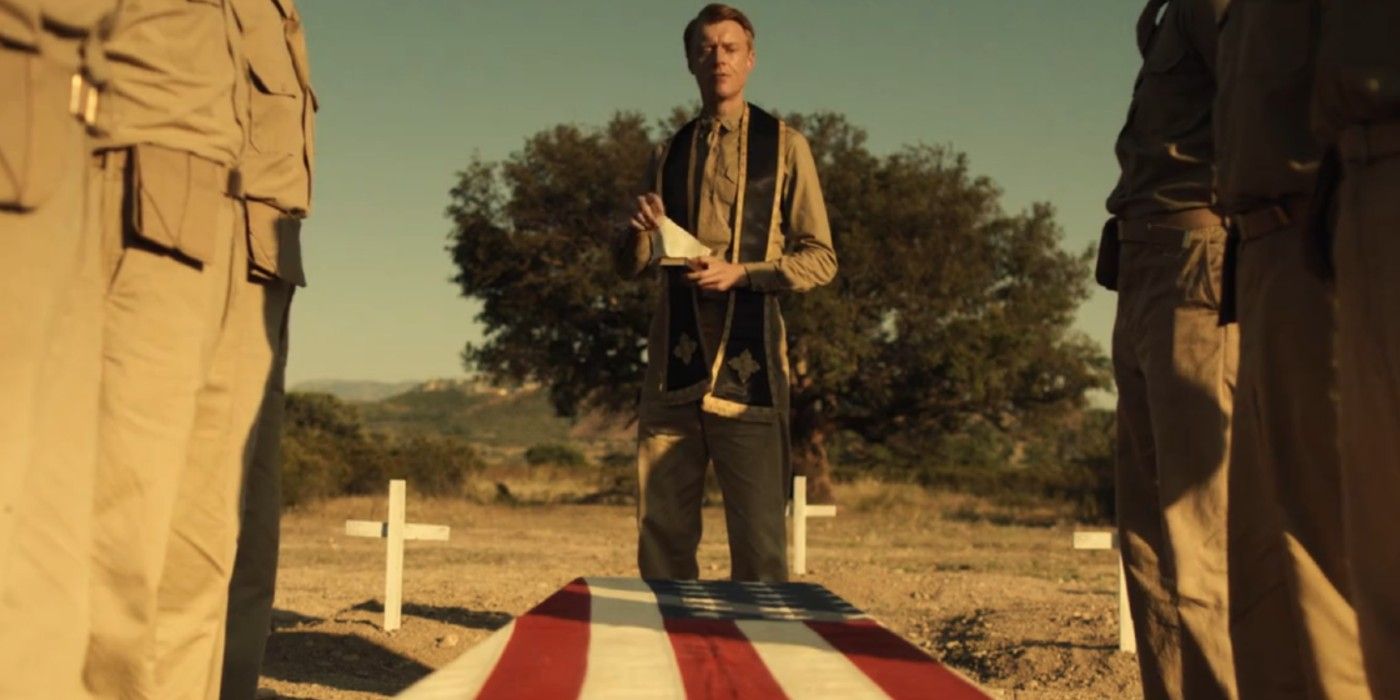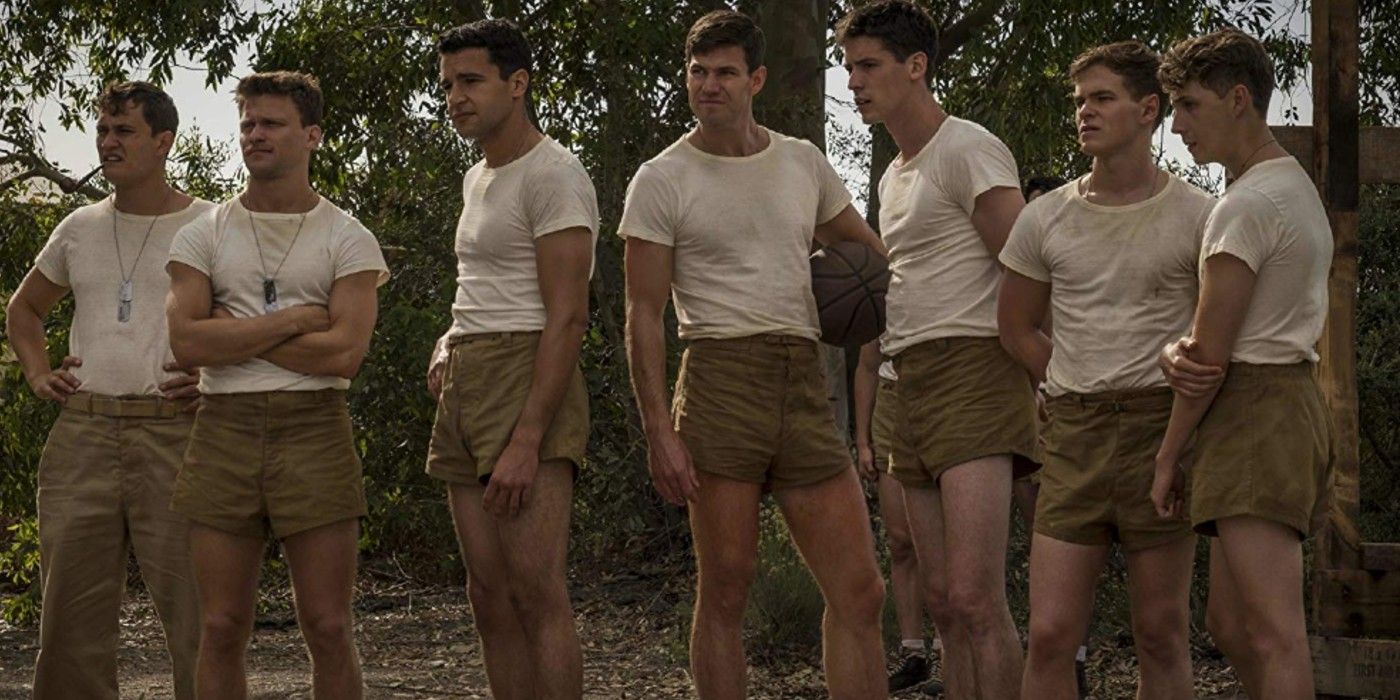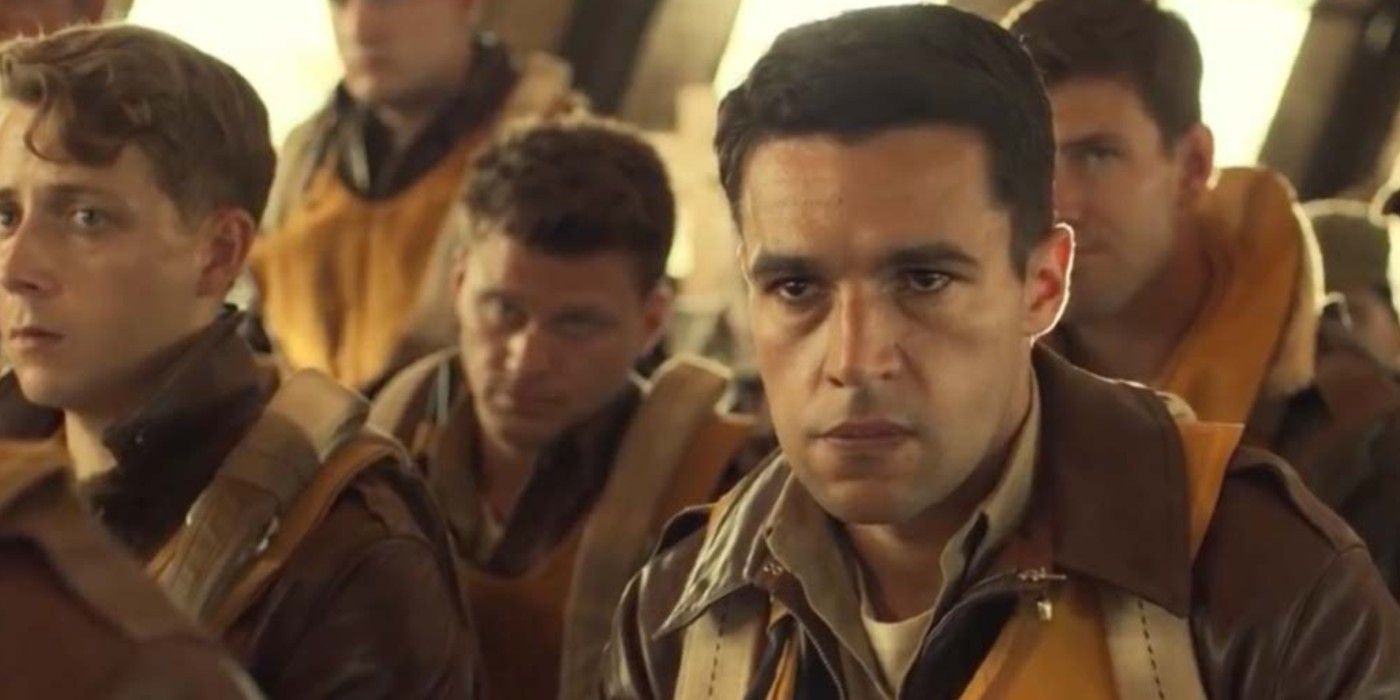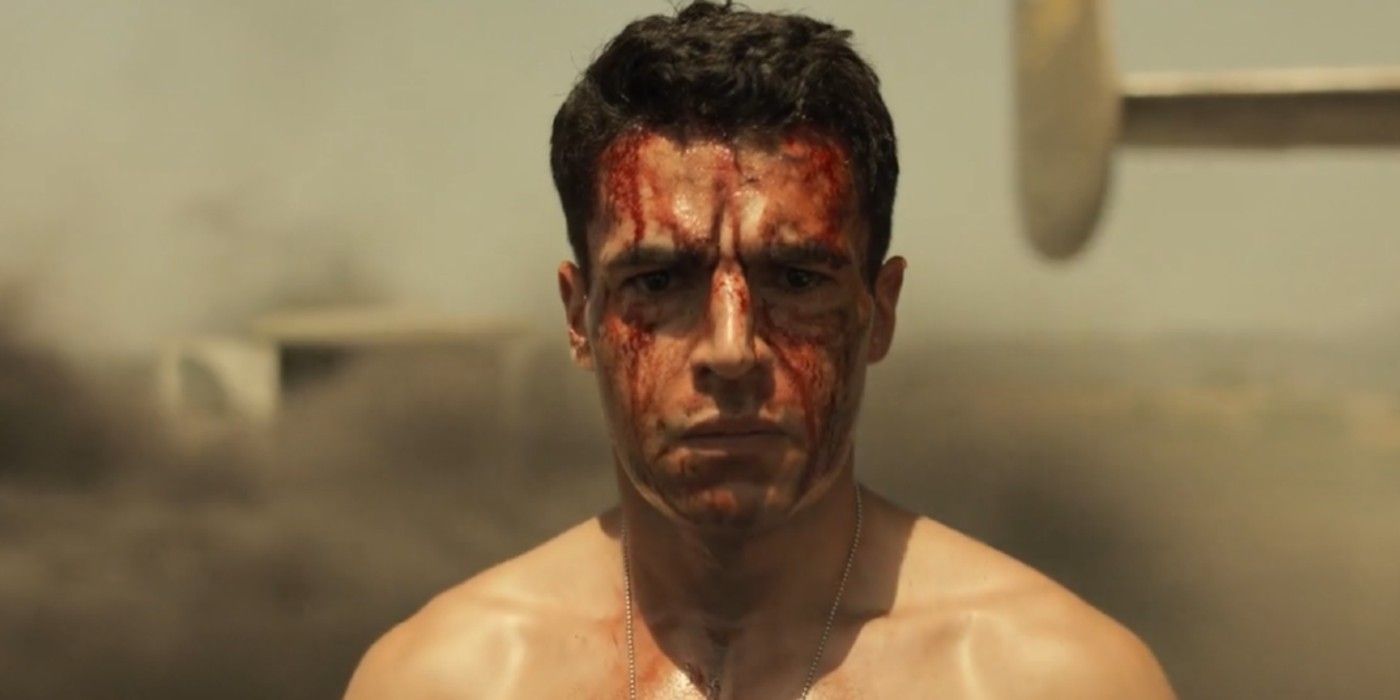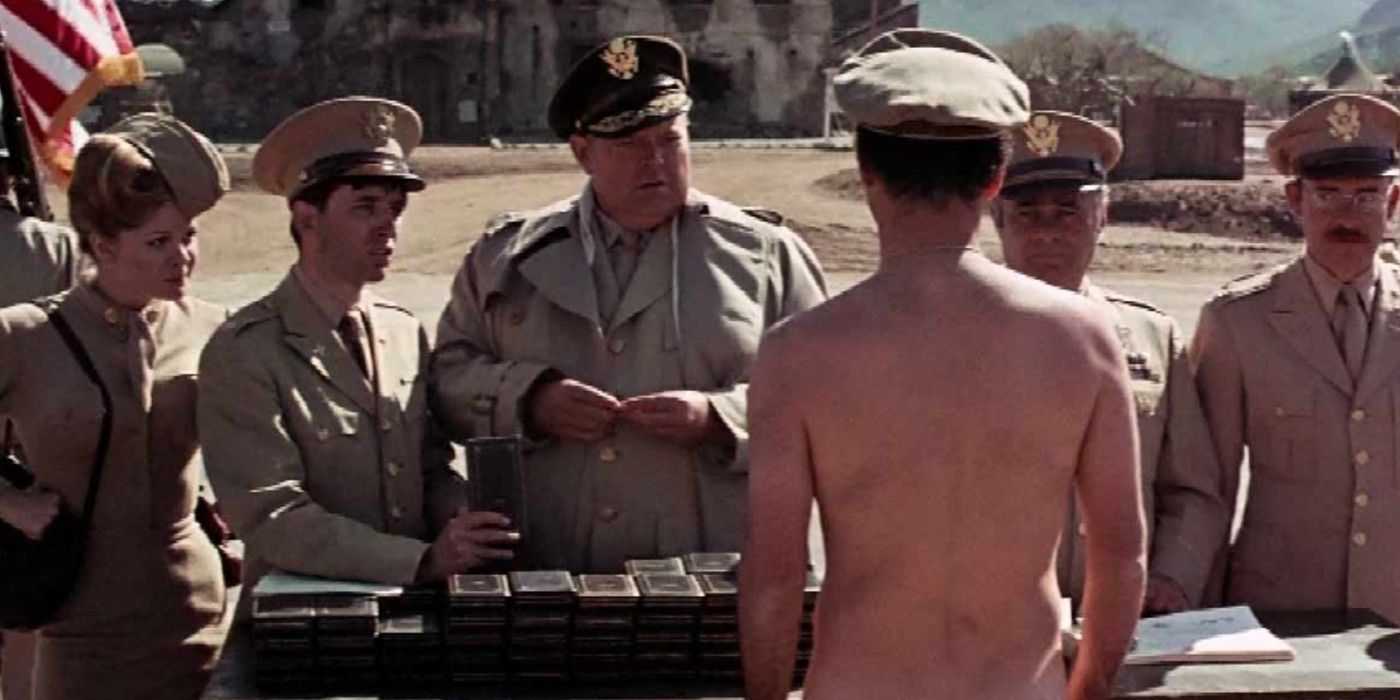In 1970, the subversively comedic book Catch-22 was adapted into a movie that changed the war genre forever. World War II fiction – and the whole war genre, for that matter – was never the same after John “Yo-Yo” Yossarian received his honorary medal while naked. With its lasting influence on the genre, it was only a matter of time before Yossarian returned to make a mockery out of a global conflict.
This is exactly what George Clooney did with the new Catch-22 miniseries that can be streamed on Hulu. But since this is a new adaptation, it didn’t have to follow everything that the movie did. In fact, it changes quite a lot – for better and worse. Here are 5 ways that Hulu’s Catch-22 improved on the original movie and 5 ways it didn’t.
Improvement: The Flight Missions
Though a war movie, Catch-22 doesn’t focus much on the central flight missions, treating combat as an afterthought since it prioritizes the people in the war instead of the war itself. This was also a result of the limits of technology back then, but this isn’t a problem now.
The miniseries effectively incorporates the flight missions into its episodes, showing them in full visceral detail but never letting this aspect steal the show. This is an admittedly small but noticeable change from the original movie, and it helps move the miniseries’ story forward.
Didn’t Improve: The Ending
After learning that Orr faked his death and successfully made it to Sweden, Yossarian goes mad with delight and paddles his way there on a lifeboat. At least that’s how it ended in the movie because the miniseries ends on a sadder note with some added nudity.
While this aligns with its new approach, the miniseries’ finale is needlessly bleak when compared to the original, which - while goofy - still had some hope. Catch-22 uses humor to explore the dark insanity of war, and the miniseries opts to resign to its fate instead of laughing in its face.
Improvement: A More Cohesive Timeline
Depending on who you ask, the editing of the original Catch-22 is either admirably experimental or irritatingly confusing. This was one of the reasons why it took so long for the movie to find its audience, turning it into a cult-favorite instead of an instant classic.
The miniseries quickly fixes this by simplifying the original’s episodic nature, streamlining the core events into a cohesive narrative that follows Yossarian’s personal journey. Instead of jumping from flashback to current events without any warning, the miniseries follows a simpler but more comprehensible narrative structure.
Didn’t Improve: Overtly Antagonistic Officers
The original adaptation’s point was that war was an incomprehensible mess of bureaucracy that was being overseen by powerful buffoons who didn’t really know what they were doing. This is altered in the miniseries, where the officers are now more mean-spirited and some even actively have it in for Yossarian.
On its own, there’s nothing wrong with this trope but it diminishes the darkly comical vibe that made the original stand out. Where the movie presented war as a big faceless joke that took no prisoners, the miniseries gives it a set of obviously smug and sneering people to hate.
Improvement: Milo The Businessman
While he’s not an outright villain, Milo in the original movie is just one of many apathetic officers in the story who’s more interested in their personal gain than contributing to the American war effort.
The miniseries keeps Milo’s opportunism intact, but he’s shown in a friendlier light. Once again, Milo establishes a thriving business empire in the middle of the war but he’s not detestable about it. He is still detached and business-minded, but he’s no longer insufferable. Milo is even close friends with Yossarian, tolerating the latter’s drastic character changes.
Didn’t Improve: Melodramatic Deaths
Every time someone died in Catch-22, it was random and showed just how suddenly yet expectedly things could go bad for the pilots. There was no flair to any of the deaths because they were just another part of flying missions.
The deaths in the miniseries, conversely, are given more time than necessary. Nately even dies right after announcing his marriage plans to Yossarian, complete with an overbearing dramatic score as he goes down. This clashes with the original’s theme of Yossarian being just one of the war’s many playthings, instead of turning him into its favorite chew toy.
Improvement: Yossarian’s Squad
Due to its limited runtime, the original Catch-22 wasn’t able to give enough exposure to Yossarian’s squad, which is a shame since each and every one of them has an interesting story and arc to tell.
The squad greatly benefits from a six-episode series, where the likes of Kid Sampson and McWatt get to do and say more than before. Their personalities and differences are also better defined in the new adaptation since their previous comedic incarnations were almost indistinguishable from one another in the original line-up that was composed of interchangeable smug jokers.
Didn’t Improve: Yossarian’s Personality
Even in his most serious moments, Yossarian is his squad’s beloved clown who exudes a fun-loving aura of anti-establishment sentiments. His hijinks can be seen as a coping mechanism or his way of flipping off high command, and Yossarian's attitude helped make Catch-22 a landmark in war fiction.
On the other hand, Yossarian is more of a jerk than a fun-loving joker in his live-action return. While his bitterness isn’t unwarranted, his continuous attempts to get discharged at the expense of his squad make him uncharacteristically self-centered. Yossarian used to mock authority but now, he just mopes about his plight.
Improvement: War Is Hell
Due to its comedic roots, the movie only showed the horrors of war when it was necessary. In effect, this caused some jarring tonal shifts which were necessary at times and uncalled for at others.
The miniseries addresses this by committing to a newfound darker tone, showing that the war is no laughing matter even with some of the more lighthearted moments. The dangerous flight missions aren’t glamorized in any way, effectively showing why Yossarian desperately wants to get out of the battlefield.
Didn’t Improve: War Isn’t Dumb Enough
What makes Catch-22 unique in a genre overflowing with World War II stories is the fact that it’s a comedy that dared to lampoon a conflict that’s often romanticized. By being a more serious retelling of the same story, the miniseries sacrifices what made its source material memorable.
Even ignoring the humorous bits like Major Scheisskopf’s antics and Yossarian’s testicular injury, the new Catch-22 is almost indistinguishable from any other bleakly realistic World War II story that focuses more on how hellish war is instead of its absurdity. It is like Band of Brothers, only with more airplanes and quips.

